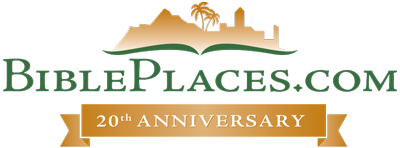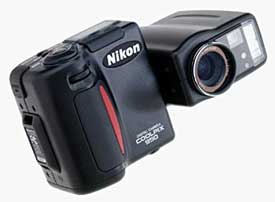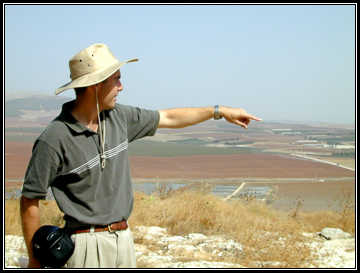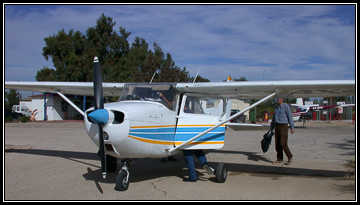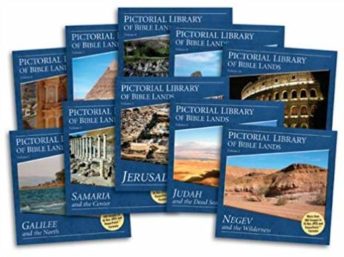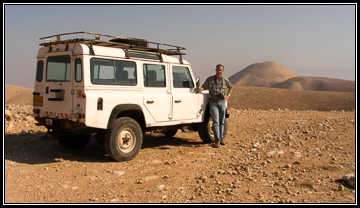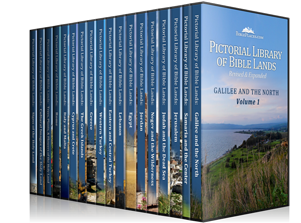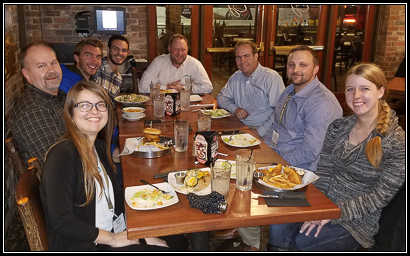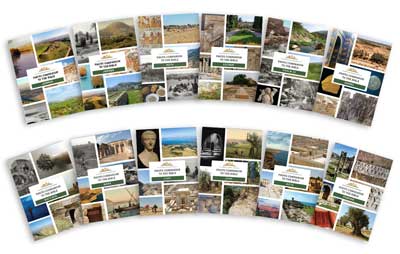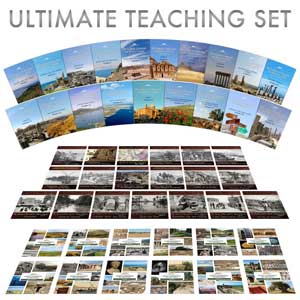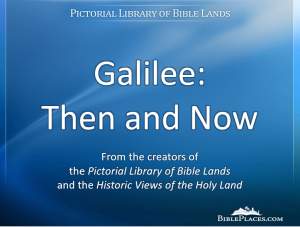Twenty years ago this month, BiblePlaces.com was born. Though I didn’t secure the website until the following year, the first photo collection was released in January 2000. Some of you have been with us for quite a while, either as users of our photos or as readers of the blog or newsletter, and I thought you might enjoy a little bit of our backstory. I think, too, that one of the benefits of celebrating an anniversary like this is that it provides the opportunity to look back and reflect on how far we have come.
There were several critical moments that got this whole thing going, but before I mention those, I might begin with something more fundamental. It struck me in a new way recently when reading Scott Adams, creator of Dilbert.
If you want an average successful life, it doesn’t take much planning. Just stay out of trouble, go to school, and apply for jobs you might like. But if you want something extraordinary, you have two paths:
1. Become the best at one specific thing.
2. Become very good (top 25%) at two or more things.
The first strategy is difficult to the point of near impossibility. Few people will ever play in the NBA or make a platinum album. I don’t recommend anyone even try.
The second strategy is fairly easy. Everyone has at least a few areas in which they could be in the top 25% with some effort. In my case, I can draw better than most people, but I’m hardly an artist. And I’m not any funnier than the average standup comedian who never makes it big, but I’m funnier than most people. The magic is that few people can draw well and write jokes. It’s the combination of the two that makes what I do so rare. And when you add in my business background, suddenly I had a topic that few cartoonists could hope to understand without living it.
What Scott explains was not a strategy I formulated from the beginning, but it does explain pretty well how this came to be. I’m not the best photographer, not by a long shot. But when digital cameras first came out, I figured I could take enough photos to get a few good ones. Nor am I the best Bible teacher. But by leading groups around Israel year after year, I learned the locations and perspectives most important for teaching. The third component was some basic computer skills—being able to operate a scanner (for the older slides), burn some CDs, and create a simple website. The result was that I could take pictures particularly useful for biblical studies and distribute them.
